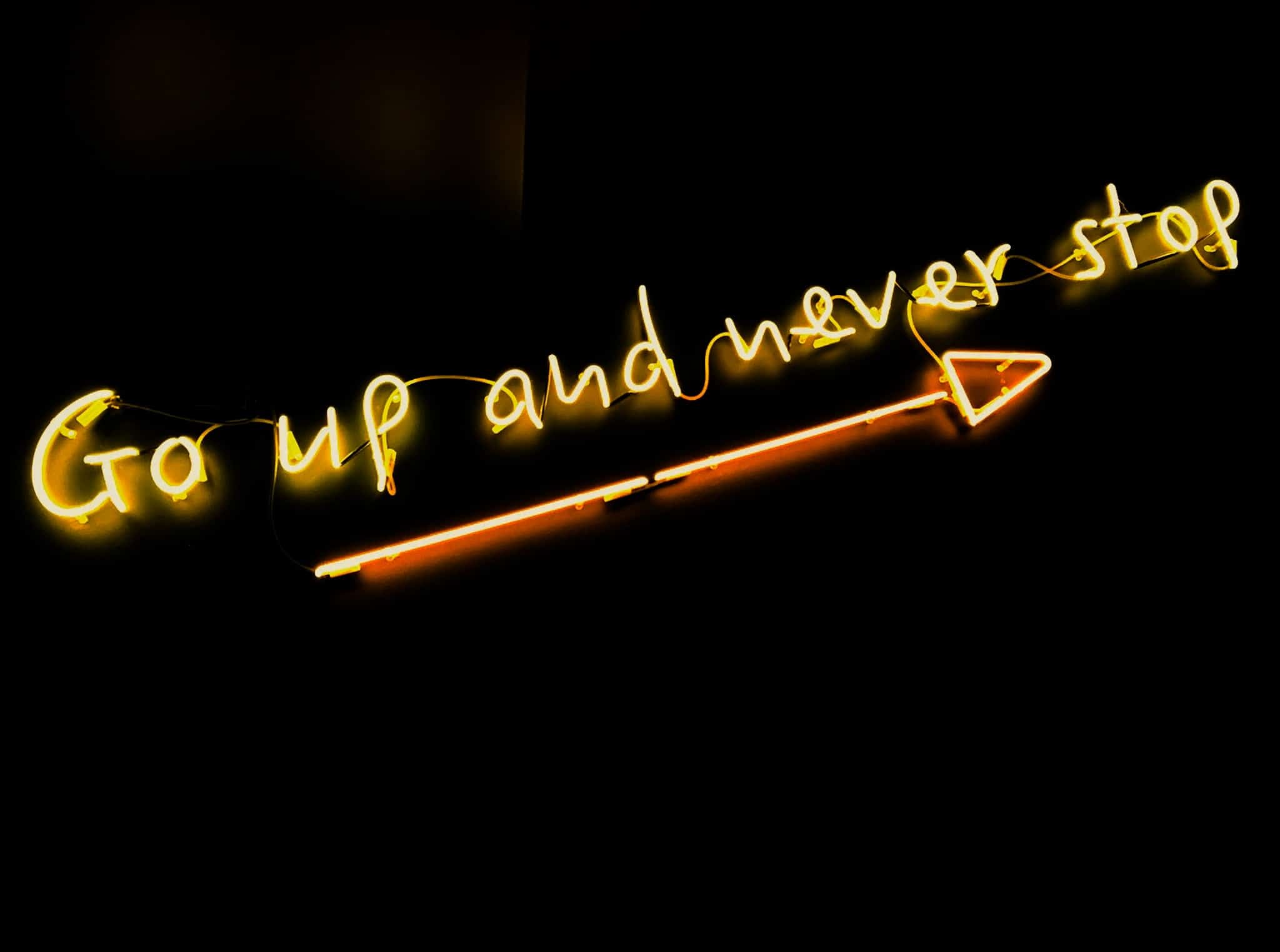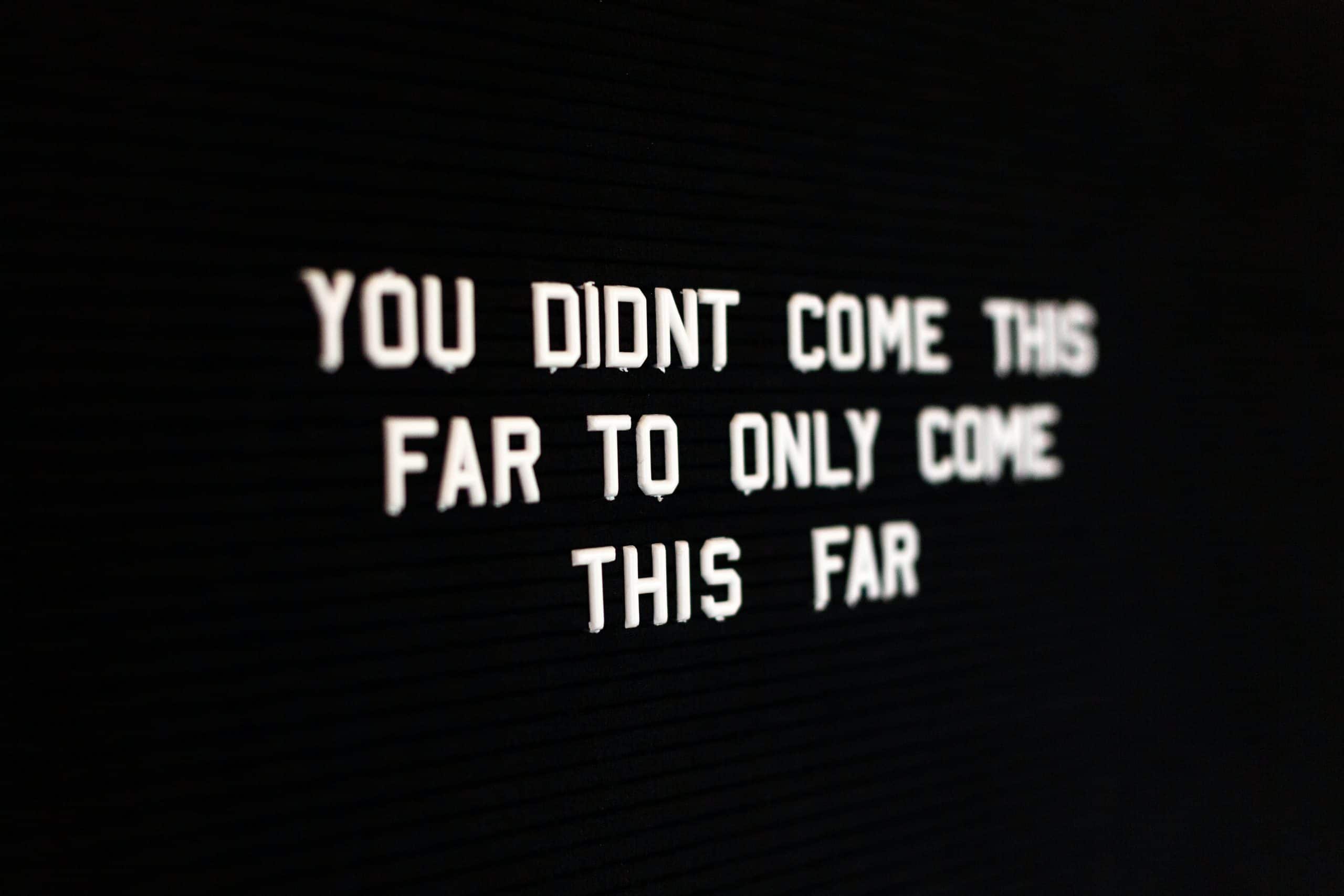Featured today on theprintspace blog is young and emerging photographer Chloe Rosser, whose exhibition Forms, printed at theprintspace, is currently showing. The naked body has been a major focus throughout the history of art. Highly debated and wrapped in controversy, our relationship with the human body is arguably now more complicated and widely discussed than ever before.



First of all, please introduce yourself!
I’m Chloe Rosser. I was born in London and have lived here ever since, except for studying at Falmouth University for three years. I work in photography, shooting all manner of things. Paper constructions, events, people and of course my own artwork. What I’m working on varies day to day and I love that.
Tell us your story.
I started shooting when I was 15 on my Pentax MX. I shot everything on black and white film and developed all my photos in the darkroom. For some reason, nobody else in my school showed any interest in analogue photography so I had the whole darkroom to myself. They even gave me my own key.
What was the concept and inspiration behind the work, and how did the project come about?
My work Form is an unsettling exploration into how we are situated within our own skin. The work speaks of the human condition and our increasing alienation from our own bodies. In these photographs, what should be intimately familiar is transformed into an unfamiliar sculpture.
During my time at Falmouth, I began a detailed exploration into the human body and our relationship to it. The project really got going when I took a photo of myself in a pose where all you could see was the back of my torso. No head, legs or arms. That conveyed something striking that I hadn’t managed to capture previously. Photographed in this contorted fashion, the body became almost inhuman; a mindless mass of flesh, a growth. From there I worked my way out, experimenting with variations but retaining this unnerving quality. Although the figures are abstract they still retain many human qualities; fetal-like poses, flecks of freckles and the subtle arc of the spine. The forms photographed are a stark contrast to our society’s concept of an ‘ideal body’. While their peculiarity and soft lighting intrigues the viewer, a sense of the cadaver repels them. I feel that this push and pull affects us especially deeply because the body is the most personal and intimate subject possible.
The naked body has been a major focus throughout the history of art. Highly debated and wrapped in controversy, our relationship with the human body is arguably now more complicated and widely discussed than ever before. In my images, I try to subvert our idea of the nude through capturing a fluidity of gender and identity. The photographs look as though they could be digitally manipulated but they are not, and that is important to me. Knowing that they are unaltered really makes us look at the human body in these images differently. I wanted to work with normal people, none of the models are contortionists or even describe themselves as being particularly flexible. It is amazing what we can do with our bodies and everyone who I worked with could hold at least some of these poses. The anonymity and fragmented appearance allows us to focus on the colours in the skin, the imperfections, marks and contours. The bodies are situated in an inescapable bleak space that mirrors the boxy containers we live in. In an age when we are saturated with digitally altered and enhanced imagery, I want these real, fleshy sculptures to challenge how we look at the human body.

What or who inspires you?
Belinde de Bruyckere is a big inspiration for me. Her wax sculptures of partially formed people seem to hold so much emotion and expression. She layers her wax so that you see amazing blues and reds coming through the surface. Although they are incomplete as human figures, and sometimes even extend to having inhuman limbs, they manage to convey a beautiful vulnerability. That really held my attention and was something that I wanted investigate through photography with real, living people.
Asger Carlsen’s project Hester is another influence. With his disconcerting work there are two particular aspects that I really loved. Firstly, the strange repulsion that you feel when you study his perfectly but obviously manipulated photographs. Their forms are often grotesque, but his technique is immaculate. If you allow yourself to believe what you’re seeing the experience is remarkable. Secondly, the shapes that Carlsen creates by manipulating photographs are so unusual. His surreal sculptures curve and bend and bulge in the most fantastic ways.
What paper type did you print your exhibition on, and why?
I went for the C-Type Fuji Matt paper for these photographs as it lends itself well to the colours in my images. I’m a big fan of matt as it reduces glare, especially behind glass, but I’ve found this particular paper retains its colour quality where others may fall behind.

What’s your next step?
I’m not very good at describing what I am making before it’s finished as it always seems to change during the process of creation, but I will try. I am still looking at interior spaces and bodily forms, but with a different take on it. I’m also separating them and exploring further into the effect our environment has on us.
Forms is running for a month at The Vaults Gallery. It’s directly under Waterloo Station in the railway archways. The space really suits the work, with its partially bare brick walls and imperfect charm. It coincides with Vault festival, which is going on at the moment in The Vault’s other archways. There is so much happening down there, you should definitely take a look.
20th January – 14th February 2016, Tuesday – Sunday (11am – 7pm).
The Vaults Gallery, Leake Street, Waterloo, London, SE1 7NN
Twitter: @RosserChloe
instagram: @chloe_rosser_

